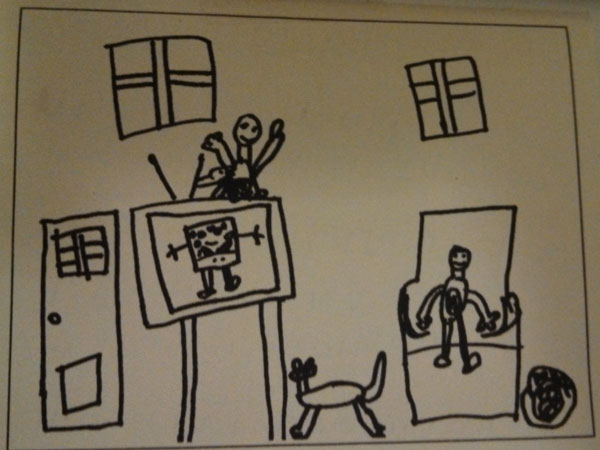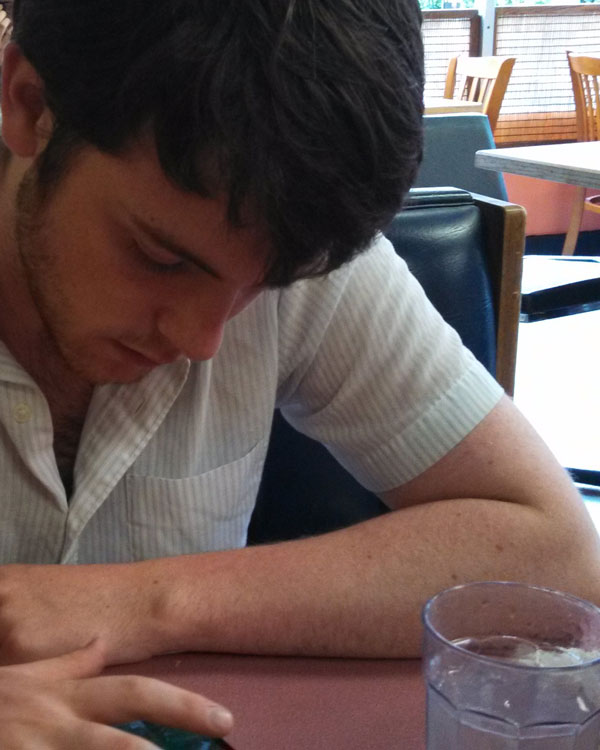[column col=”2/3″]
Adapting to School
The Journey Is More Than a School Sidewalk,
More Than a School Bus,
More Than a Test,
More than Internal or External Chemicals,
More Than a Single Path.
The school bus carries the little people you love most. You kiss them goodbye and hope they are happy, developing and progressing in their academic work. Instead, at times, they seem carried off to a dark place. They are not themselves. They have troubles and they cause troubles. As parents we feel fearful, angry, or sad when we observe the challenges and disappointments our children face at school. We want to make things better for them, but we don’t always know how. Today’s students are presented with many challenges. Can I fight off the bullies for her? Should we medicate? Will he be able to resist the peer-pressure pot parties? Is there something that could make learning easier? Does my child have a neurological disorder? We continue to ask: Will I have the wisdom and stamina to be the advocate my child needs and the patience and compassion to help him through the school years? Is my precious child defective in someway?
Many school challenges are difficult to sort out. We want to help our children. Seeking a deeper understanding of a child’s needs, personality, cognitive functions, and learning style is a concrete way to go about helping a child. Children are born and programmed to thrive. They call for our most creative parenting and societal intelligence. They do not ask us to label them or view them as the child with a roving attention span or a malformed personality. They suffer pain, and we suffer pain when we see their journey only as the sidewalk leading to the school door. They too seek a wider path. Our children are primed to journey with joy. Their bodies guide them to health, and their spirits soar above our own. Sometimes, all we need is the right intersection to cross paths with them. In therapy, your concerns might be met with some academic coaching, some mindfulness practices, or mood and behavior activities that decrease acting out. We may also look at the patterns in your family history and in society that contribute to childhood troubles and pain.
[/column]
[column col=”1/3″]

– Shakespeare

– Antoine de Saint-Exupery
[/column]
[divider]

– Maya Angelou
[/column]
[column col=”1/3″]

– Abraham Joshua Heschel
[/column]
[column col=”1/3″]

– William James
[/column]